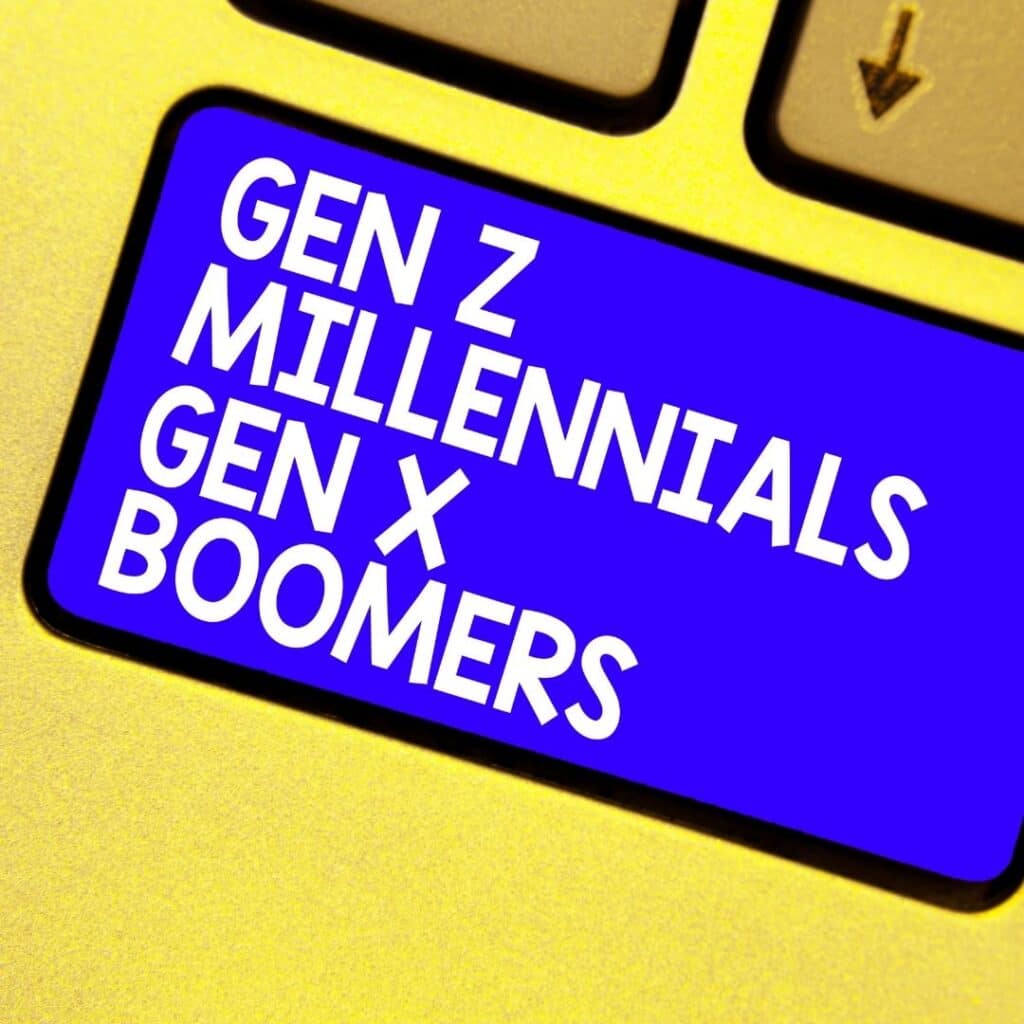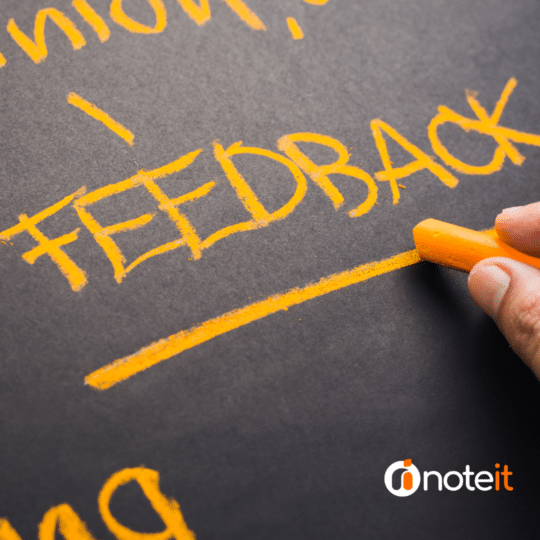Right now there are as many as four generations in any modern workplace: Baby Boomers, Generation X, Millennials and Generation Z. While our genetic make-up looks much the same, the world each generation has grown up in is spectacularly different. From the way we commute to the way we take our lunches, over the last few decades everything has changed, and each generation’s attitudes and preferences have changed in tandem.
When you’re giving feedback in the workplace, to be effective as a leader it’s important to understand that each generation will react better to certain circumstances. A generation that has grown up in a world dominated by email, for example, may feel comfortable being notified of a change in their position in this format, whereas a member of an older generation might feel overlooked, and possibly even insulted.
To aid you in giving the best workplace feedback for each generation, we’ve laid out the blueprints below for you to follow. Every employee is an individual of course, so take these more as guidelines, rather than hard and fast rules.
How to give workplace feedback to Baby Boomers (1946-1964)
The eldest of the bunch currently in work, Baby Boomers like to receive recognition for their good work in person from either their manager or their colleagues. They’re enormously valuable members of any team, with the wisdom of experience along with more loyalty and dedication than any other generation. They know their roles inside-out, and are readily available to offer invaluable insight—and are happiest when this insight is acknowledged and listened to.
Positive, in-person feedback is important for Baby Boomers, and constructive criticism is a safe approach, offering guidance without causing offence or ill-will. They value personal growth too, so make sure when you’re offering your assessment you give actionable, achievable targets—and be sure to celebrate when those targets are met.
The gap between younger generations and Baby Boomers can be fraught at times, with a common belief among Baby Boomers being that Millennials are not as hard working and yet more demanding of recognition. If you find yourself managing somebody from the Baby Boomer generation, yet you yourself are of a younger cohort, be sure to acknowledge this and use it to frame your feedback, to avoid sowing malcontent.
How to give workplace feedback to Generation X (1965-1980)
Gen Xers usually enjoy an active working environment with plenty of interaction with teammates and a strong sense of a common goal. Having grown up in homes where work ethic was extremely high and parents were often in the workplace for long hours, Gen X will enjoy autonomy in the workplace, having been raised in an environment of independence.
Gen X works well when being set smaller goals that can be achieved at more regular intervals, rather than longer, less immediately gratifying tasks. As they’re motivated by seeing their actions affect the team around them and the company as a whole, when giving workplace feedback to Generation X employees it’s important to paint the bigger picture of the company, and to show clearly where they sit within it and how they are valuable.
Whereas Baby Boomers desire feedback but seldom ask for it outright, Gen Xers are unafraid to request updates on their performance from their managers. Continual learning is important to this generation, and feedback should be given through a lens of growth and personal achievement if you want them to stick around for a long time.
How to give workplace feedback to Millennials (1981 to 1996)
This is where things really start to change. Millennials grew up during the digitisation of the workplace, and from everything from their social lives to the office, feedback is both instant and constant. Because of this, positive reinforcement is very important to Millennials, and regular acknowledgement of their contributions to the company is a surefire way to ensure they feel fulfilled, and continue to work to a high standard.
Because Millennials are so accustomed to feedback—notifications, emails, texts, likes, shares—if they don’t receive any from their manager, they’re likely to assume that no news is good news. Small chunks of feedback served up each day will ensure your Millennial employees know exactly where they stand, as well as ensuring they feel comfortable that they’re doing good work and not being taken for granted as workers.
Harsh words and negative feedback don’t work particularly well on Millennials, who on average have grown up in a world where this is less common than it was for their older counterparts. Severe feedback may have the opposite effect, in fact; driving a wedge between you and the employee, and possibly even driving them to look for work elsewhere. Instead, go for a coaching approach: offer guidance and motivation, and encourage learning.
How to give workplace feedback to Generation Z (1997-2010)
The first generation to be born into a completely digitised world, Gen Z are the savviest of all generations with technology, and naturally expect feedback to be frequent—ideally, daily. Unlike previous generations, this feedback needn’t take the form of a meeting or a conversation. A quick email or chat message suits them fine.
As the youngest cohort (for now), Gen Z can be headstrong and blunt within the workplace, and may not always think before speaking. Similar to Millennials, when negative feedback is needed, it should be given in a constructive, guiding manner, so as to not feel like an affront. It may sound like more effort on your part as the manager, however, the rewards are worth it: hard-working, inventive, technologically astute employees who can really knock it out of the park for your business.



